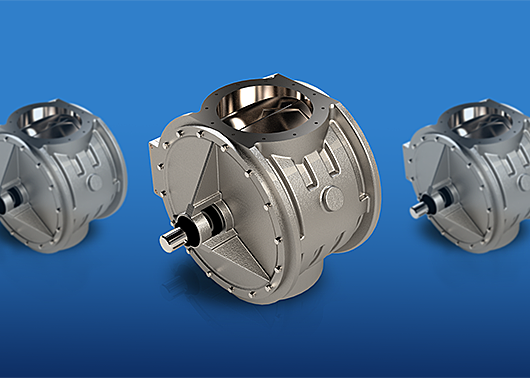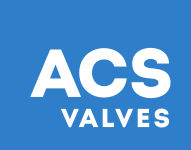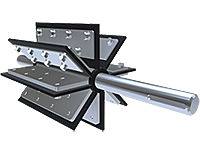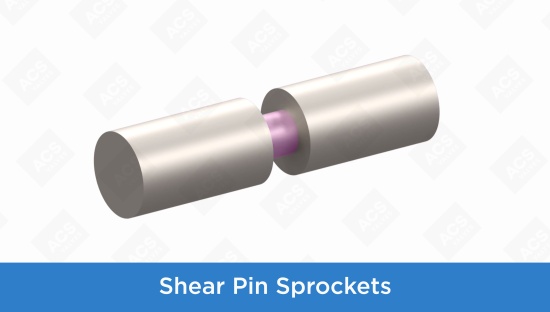
Think of something in your day-to-day life that makes you happy. Now triple it. Three Tim Horton’s coffees? That’s a recipe for the jitters. Three hyperactive golden retrievers? That’s a lot of walks. Three AC/DC songs in a row on the radio? That’s…too much AC/DC.
How about three times the regular throughput of your old rotary airlock valve? Now we’re talking. If you’re processing dry bulk materials at very high volumes, you need all the efficiency you can get.
What’s throughput?
Material throughput, also called the conveying rate or capacity of your system, is the rate at which material passes through your valve. It’s typically measured in pounds per hour (PPH).
Your valve’s throughput depends on its size and configuration, but the proportions of a valve’s housing are more or less the same across different models. That’s where the CDC-CI Series rotary valve stands apart from the rest — and why it’s such a powerhouse at maximizing throughput.
How? How? How?
Okay, you can stop thinking in threes now. The CDC-CI Series valve has a much larger housing barrel compared to conventional valves, but the flange openings are sized the same, meaning they can still be installed into most conveying setups.
Even if it’s replacing a valve from a different manufacturer, the CDC-CI is designed as a fast and easy drop-in swap. Just install it as usual and enjoy conveying at triple speed.
Who should use it?
Processors in the food, construction, or chemical industries should consider this valve if they convey very high volumes of material. It excels in metering, feeding, and airlock applications. The round flange shape promotes smooth material flow and makes cleaning easier, which is particularly helpful in sanitary or food-grade applications. In those cases, you’ll want to look at the Sanitary CDC-CI valve.
Can I customize it?
We wouldn’t have it any other way. The CDC-CI valve can be configured with different rotors, coatings, and accessories to fit your application. For example, processors in food-grade applications often get one with a stainless-steel housing and rotor to help with cleaning and sanitation. Different coatings can provide different levels of protection against wear and tear, depending on how abrasive your material is.
There are also several application-specific accessories and safety features to help meet different regulations. We have plenty of options available, but a technical expert can help you configure a valve that ticks all the boxes your application requires.
So, do I need one?
If this valve sounds like your cup of tea, our conveying experts can help you compare options and suggest a configuration that promotes the best possible efficiency for your application. If you have a question (or three), we’re happy to help with that too. Just give us a call.


